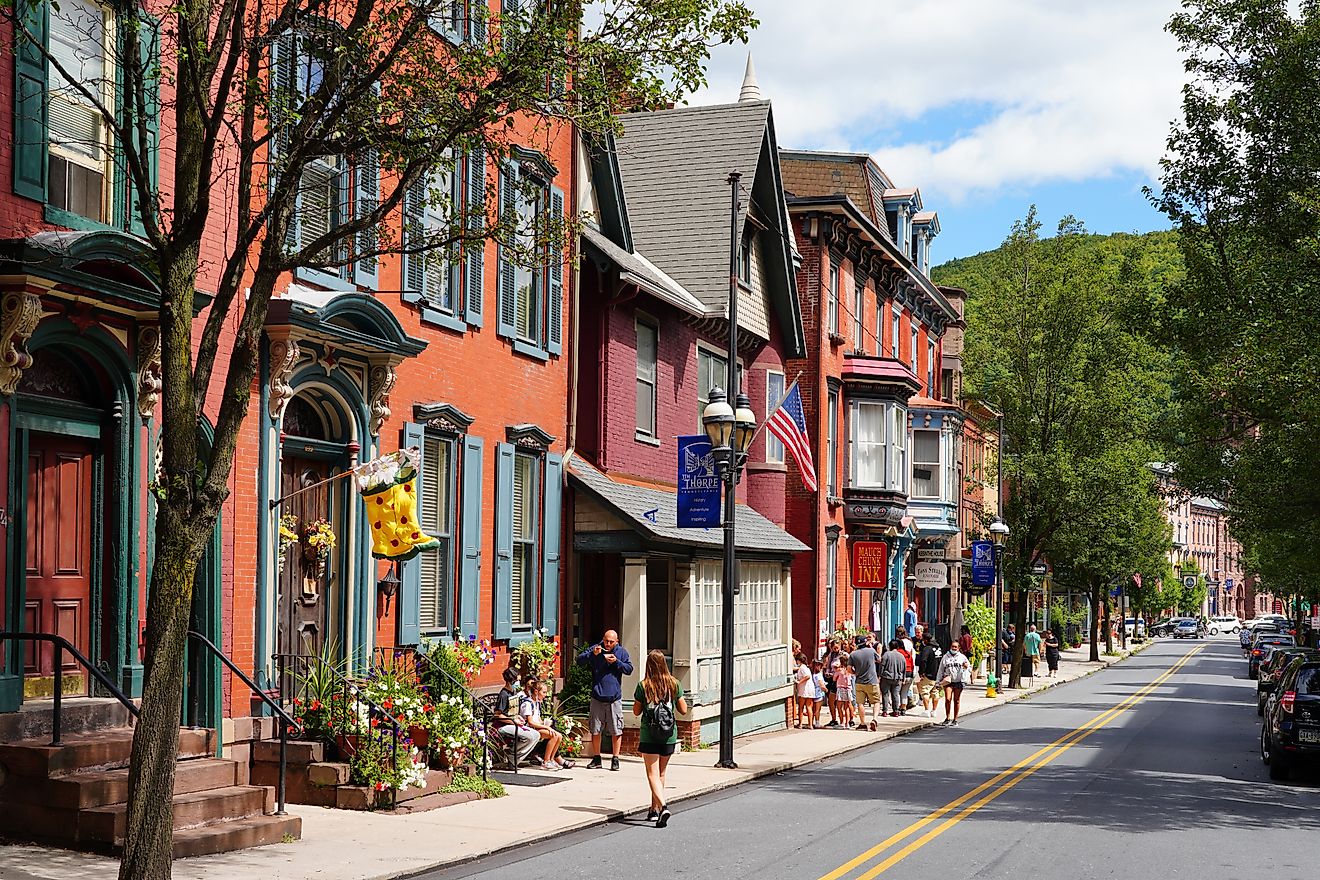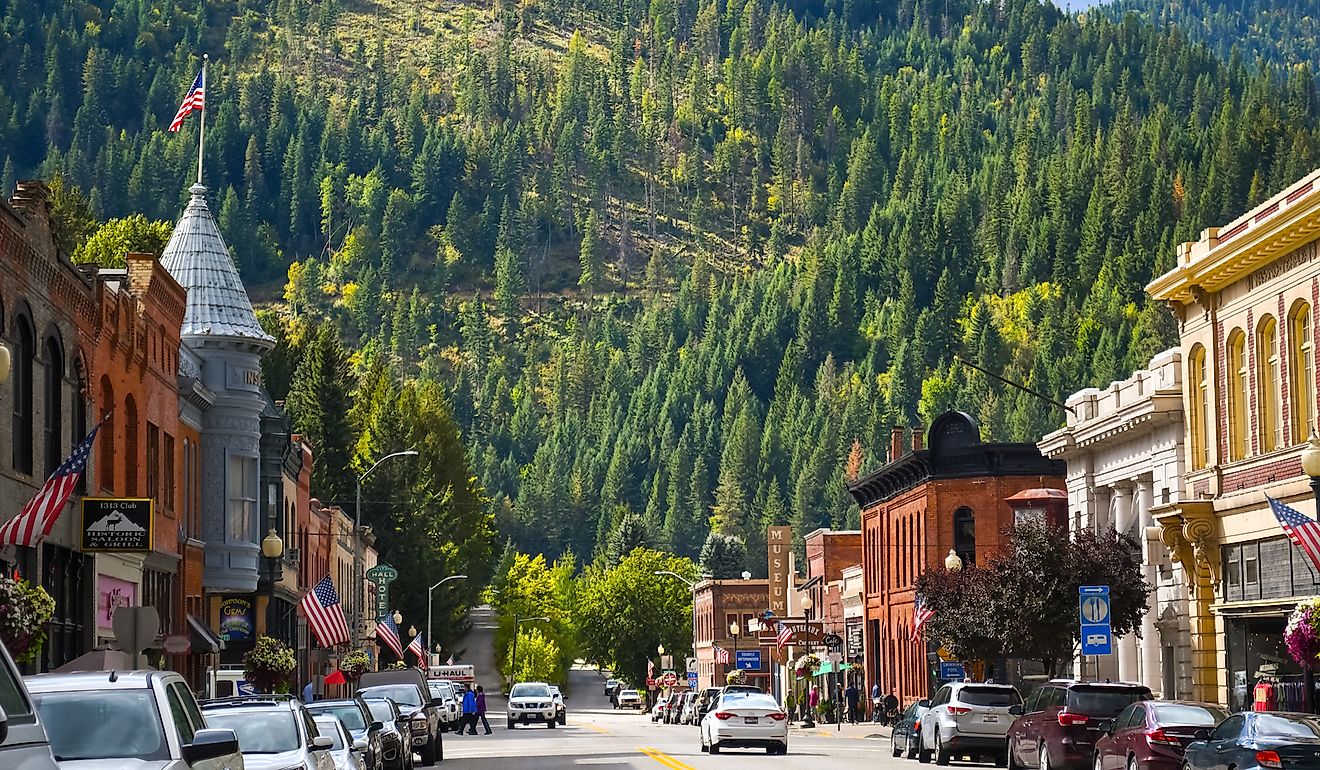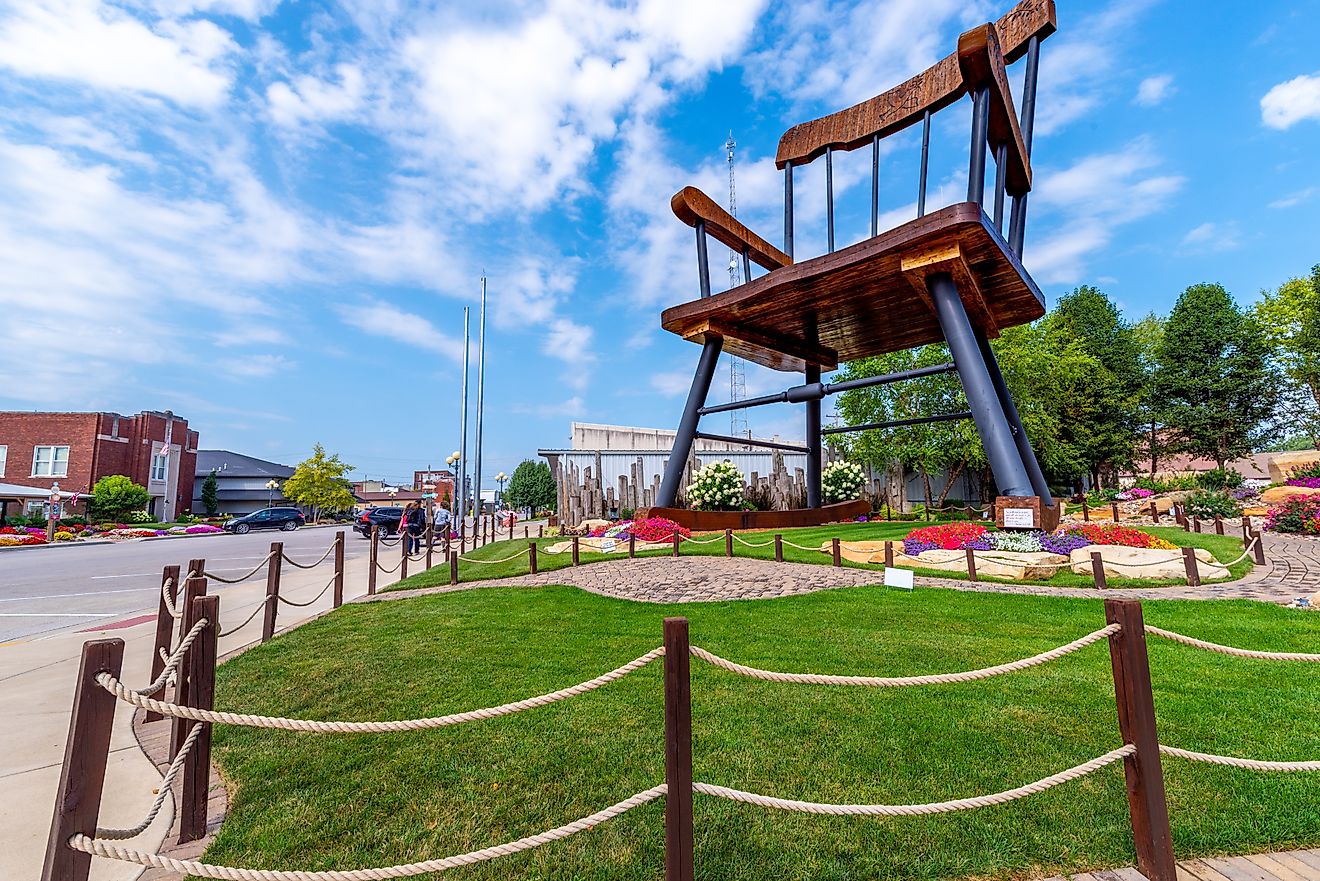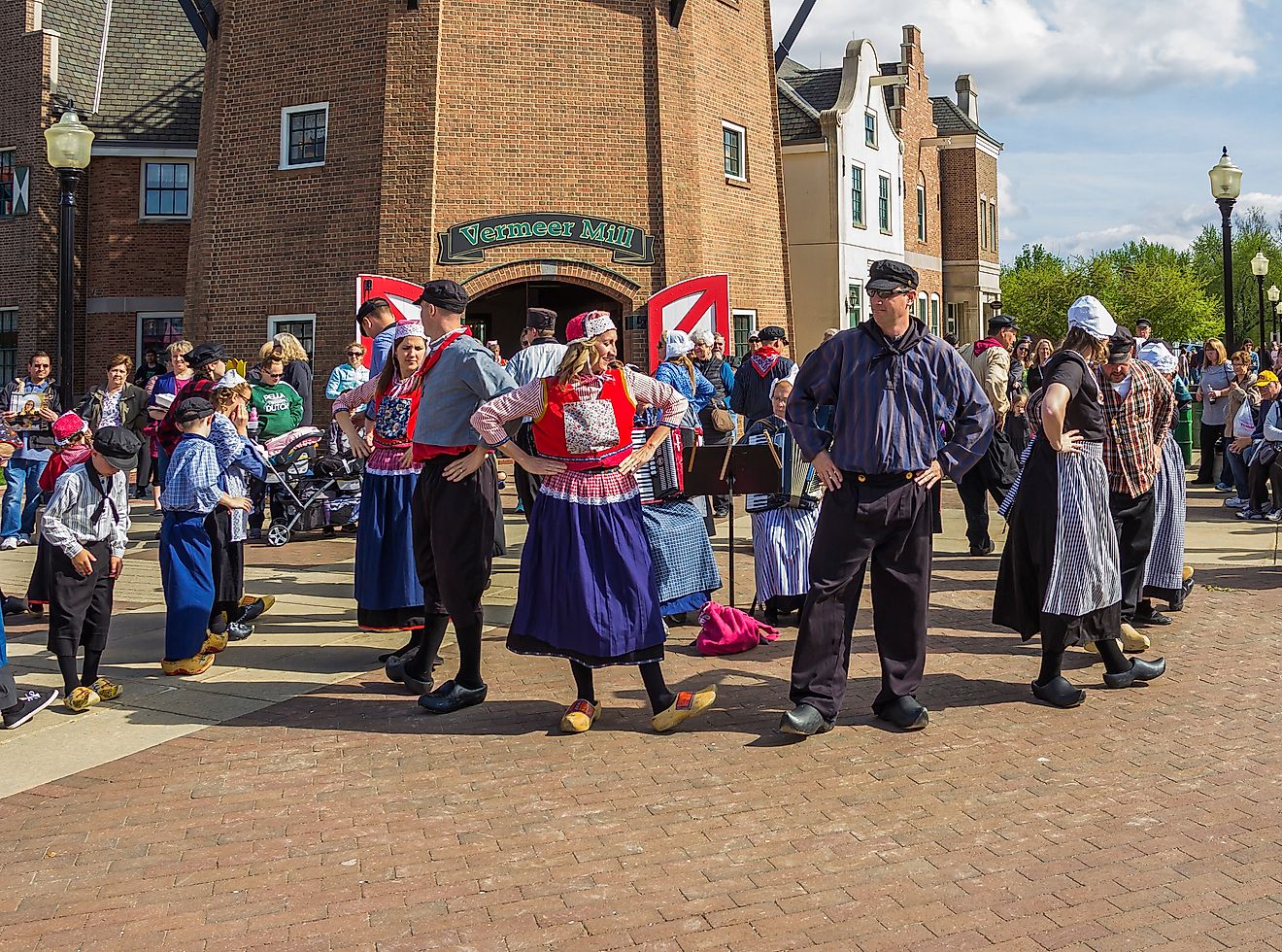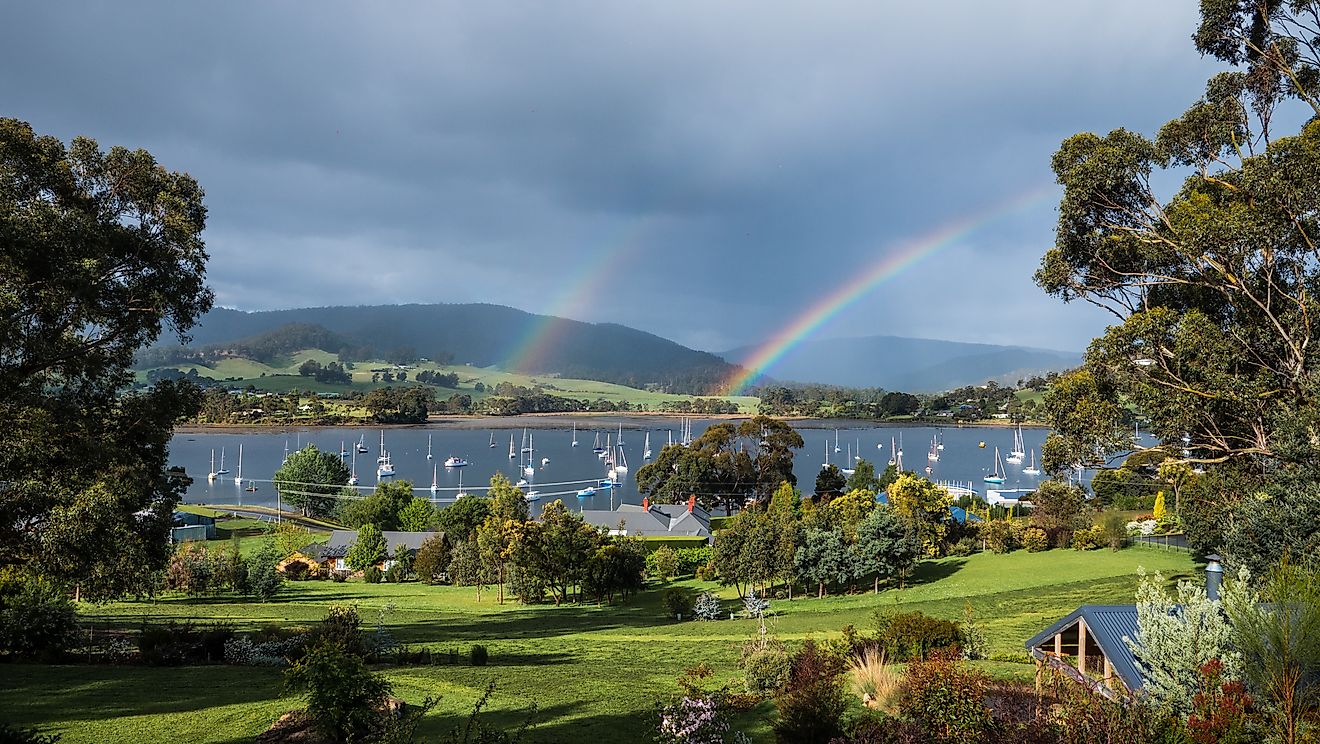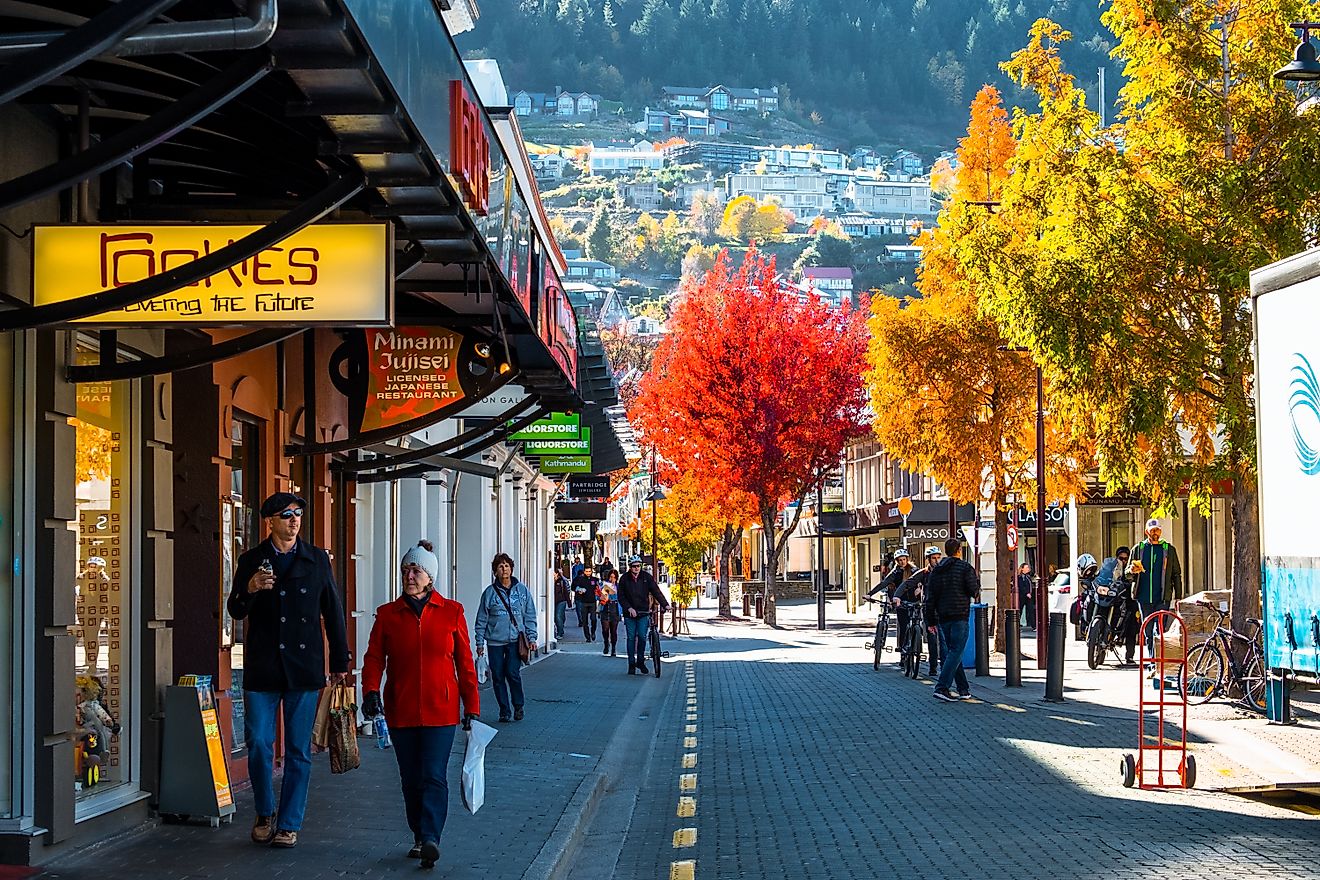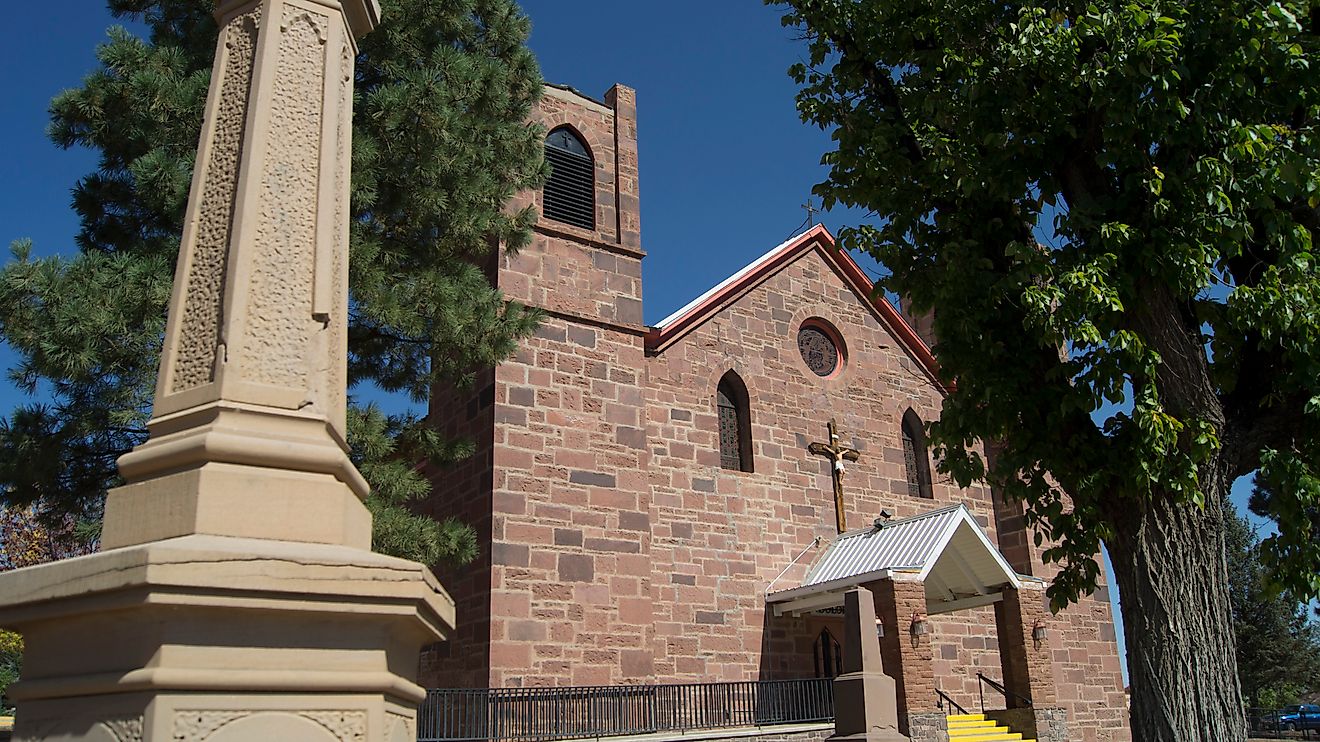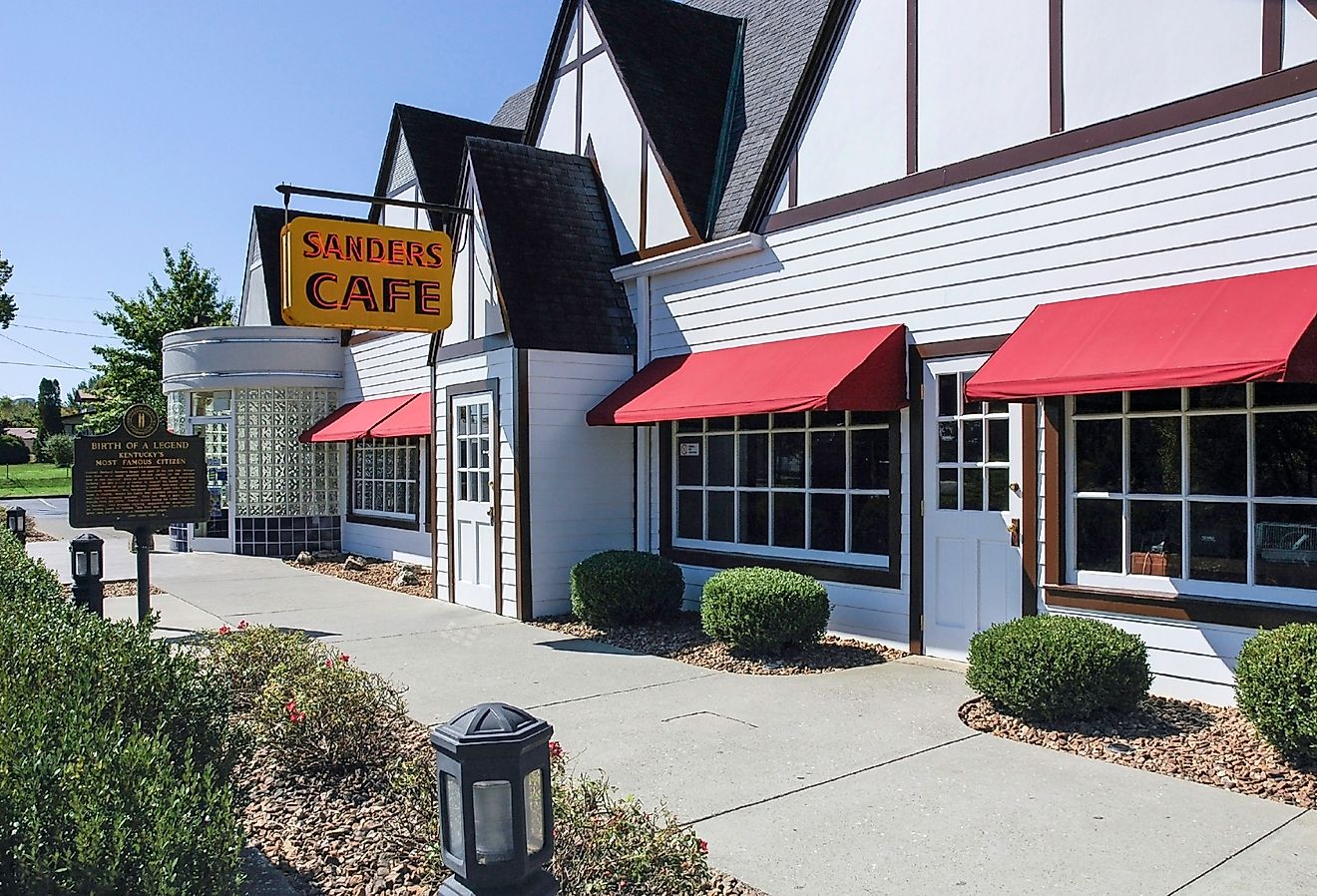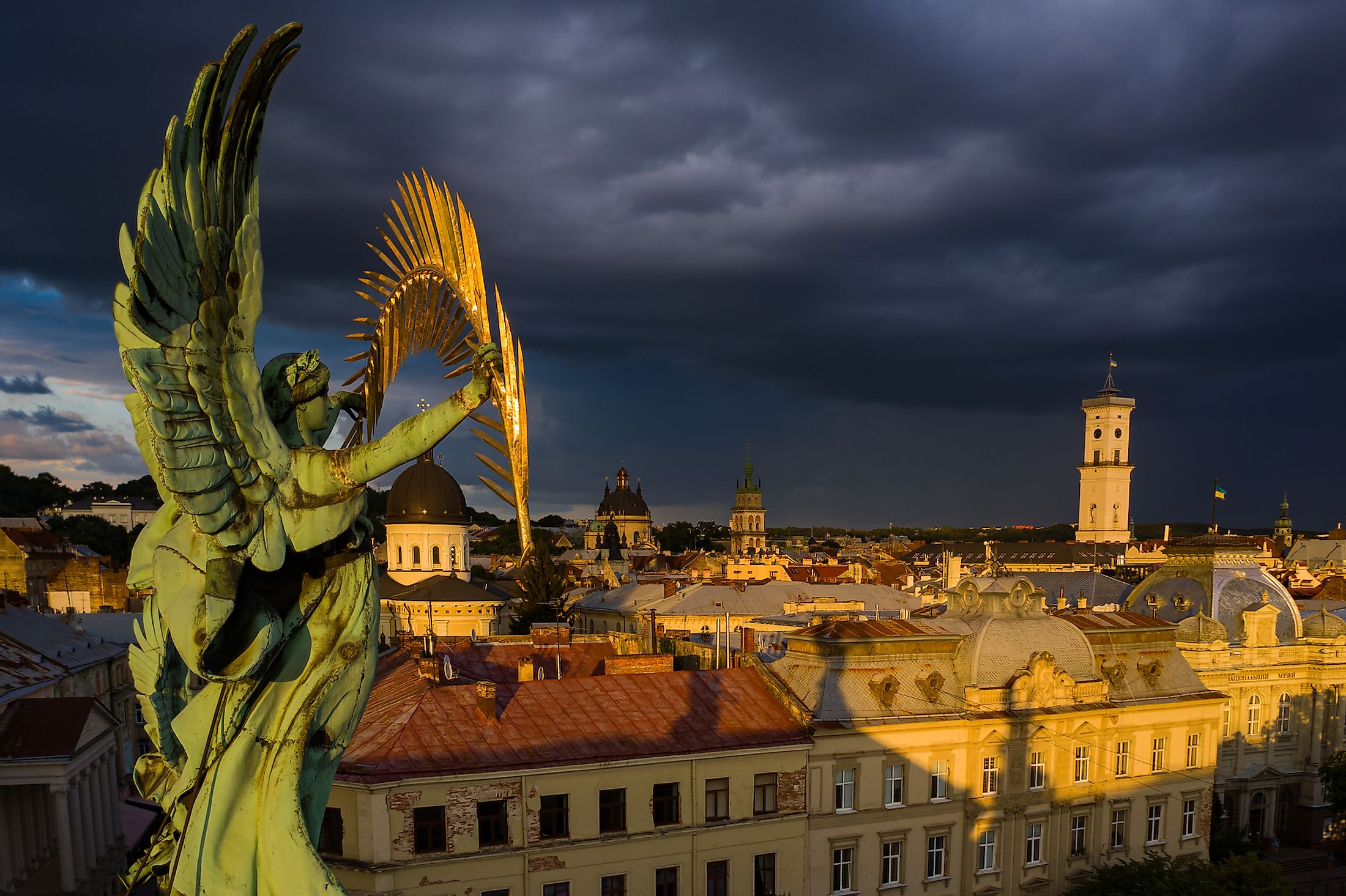
Lviv, Ukraine
Lviv is a large city situated on the tip of the Roztochia Upland in the western part of Ukraine. Lviv is considered the country’s seventh-largest city and largest city in Western Ukraine. Lviv serves as the administrative center of both the Lviv Oblast and the Lviv Raion, as well as one of the principal cultural centers of Ukraine. The city’s historic center, which features many old buildings and cobblestone streets, has been added to the UNESCO World Heritage List. In February 2022, in the wake of the Russian invasion of Ukraine, the city of Lviv has been declared the country’s de facto western capital.
Geography Of Lviv
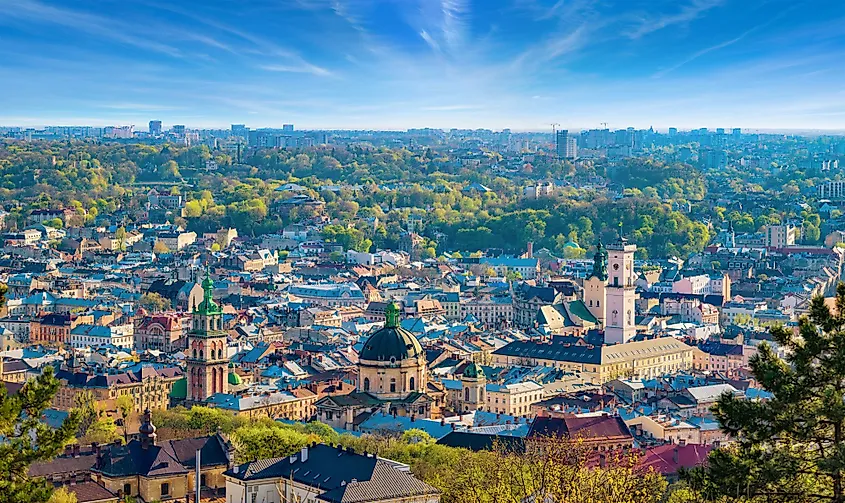
The city of Lviv is situated on the tip of the Roztochia Upland at an average elevation of 296m above sea level. The city covers a land area of 171 sq. km. Lviv is located approximately 160km from the eastern Carpathian Mountains, 70km from the country’s border with Poland, 469km from Kyiv, and 1,123km from Moscow. The Lviv High Castle, situated at the top of Castle Hill, is the city’s highest point, rising to an elevation of 409m above sea level.
At present, the city of Lviv is administratively divided into six raions or districts. These include Franko district, Halych district, Lychakiv district, Shevchenko district, Sykhiv district, and Zaliznytsia district. Some of the notable suburbs of Lviv include Briukhovychi, Rudne, and Vynnyky. It is believed in earlier times, the old walled city was located on the banks of the Poltva River at the base of the High Castle. At the beginning of the 20th century, the Poltva River was redirected through the main sewer of the city and currently flows underneath the city’s central street, Freedom Avenue, and the Lviv Theatre of Opera and Ballet.
Climate
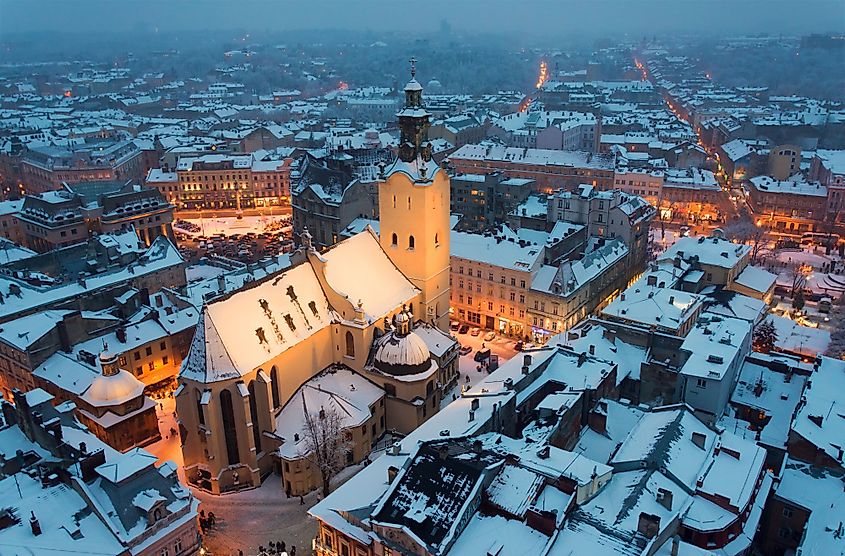
According to the Köppen climate classification, the city of Lviv experiences a humid continental climate with warm summers and freezing snowy winters. The warm season lasts from May to September, with July being the hottest month, having an average high temperature of 23.3°C and a low temperature of 13.3°C. The cold season lasts from November to March, with January being the coldest month, having an average low temperature of -5.5°C and a high temperature of 0°C. The city receives an average annual precipitation of 769mm and an average annual snowfall of 9cm. It has been recorded that Lviv gets the highest rainfall and has the lowest summer temperature among all the Ukrainian oblast capitals.
The Population And Economy Of Lviv
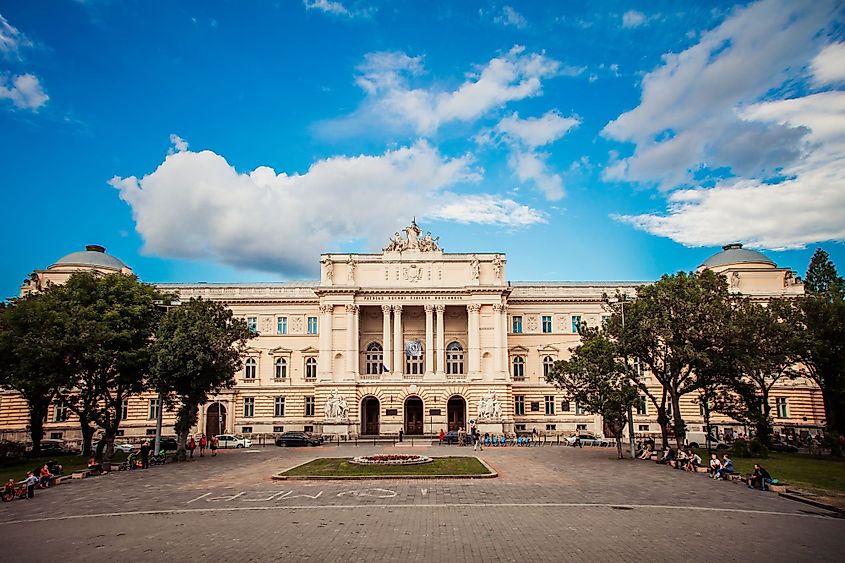
As of 2011, Lviv had a population of 752,187 people, and more than 80% of the inhabitants of Lviv were Ukrainians. The city’s population grew only till 2007 but declined after that as the number of males started declining faster than the number of females. It has been estimated that primarily due to outflow migration, the population of Lviv fell drastically between January 2010 and January 2011. It has also been recorded that the natural population growth of the city has been negative over the last few years.
The city of Lviv is considered Western Ukraine’s most vital business center. It has been reported that as of January 2011, about $837.1 million has been invested by the city into the economy. The latest reports reveal that the city has received over $52.4 million in direct foreign investment. Besides this, there are more than 40 commercial banks, 80 insurance companies, 13 investment companies, 218 large and medium-sized industrial enterprises, etc., in the city. Initially, electronics and machinery-building were the dominant industries, but currently, the economy is mainly driven by tourism, IT sectors, and the food industry.
Tourist Attractions In Lviv
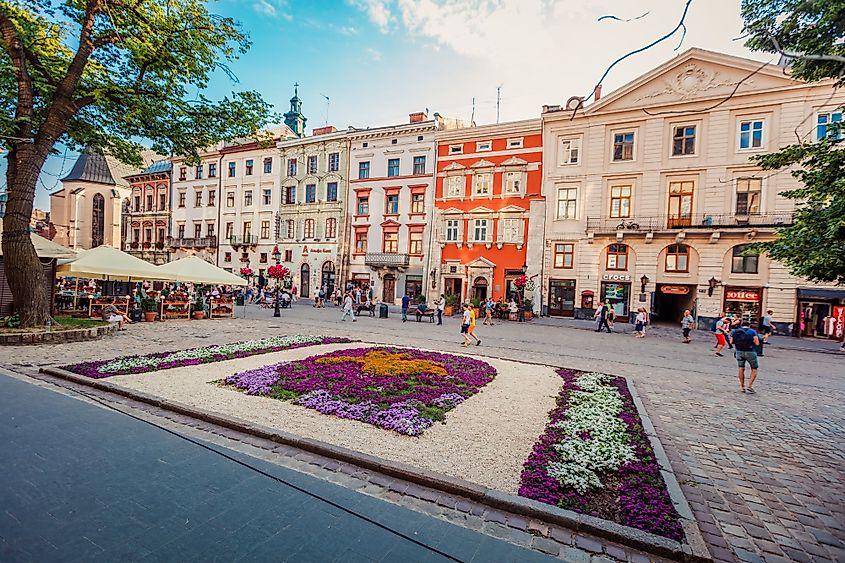
Lviv is regarded as one of the major tourist destinations in Ukraine, and many tourists visit the city every year. There are more than 350 tourist enterprises, 8,000 hotel rooms, 1300 restaurants, cafes, and several hostels for the young travelers in the city. Located at the center of the city, an 18,300 sq.m Market (Rynok) Square is one of the most popular tourist attractions in the city.
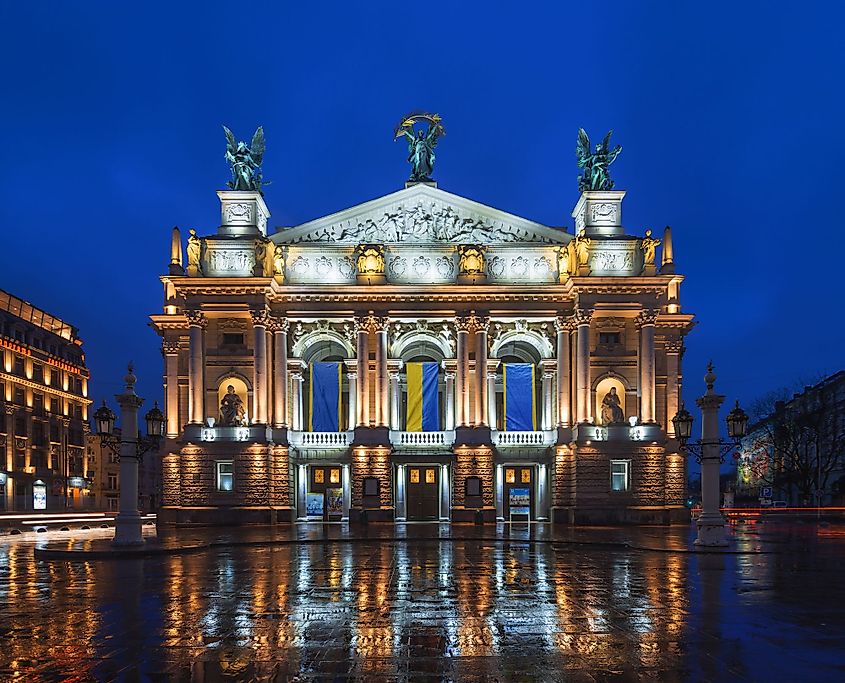
The city of Lviv serves as a center of art, music, literature, and theatre and is considered one of the most important cultural centers of Ukraine. There are several museums, theatres, concert halls, and creative unions in the city, and annually more than 100 festivals are celebrated to show the city’s cultural richness. The well-preserved historic center of Lviv features many historic buildings, and cobblestone streets have been added to the UNESCO World Heritage List.
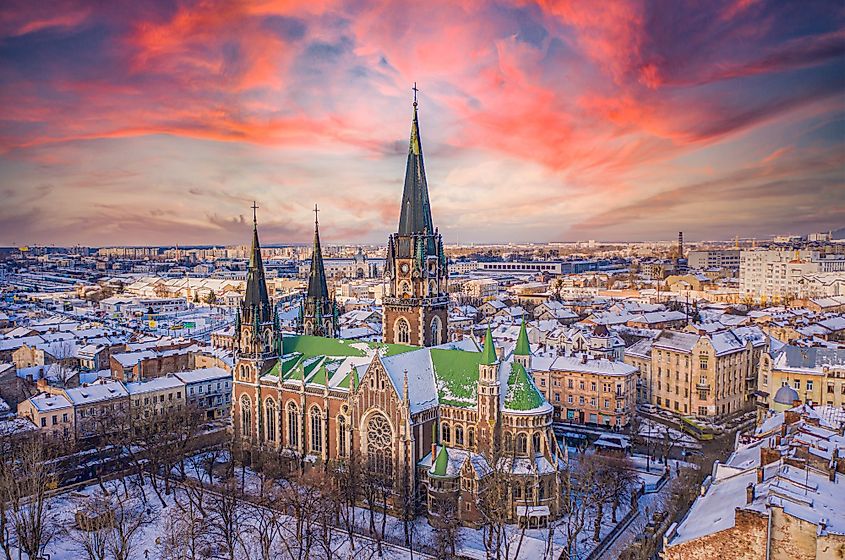
There are several monuments in the city that are dedicated to many notable people like Adam Mickiewicz, King Danylo, Ivan Fedorov, Pope John Paul II, Bartosz Glowacki, etc. Lviv serves as the center of Ukraine’s Roman Catholic Church, and therefore many churches are found in the city. The Tsori Gilod Synagogue is the sole functioning Jewish Orthodox Synagogue in Lviv.
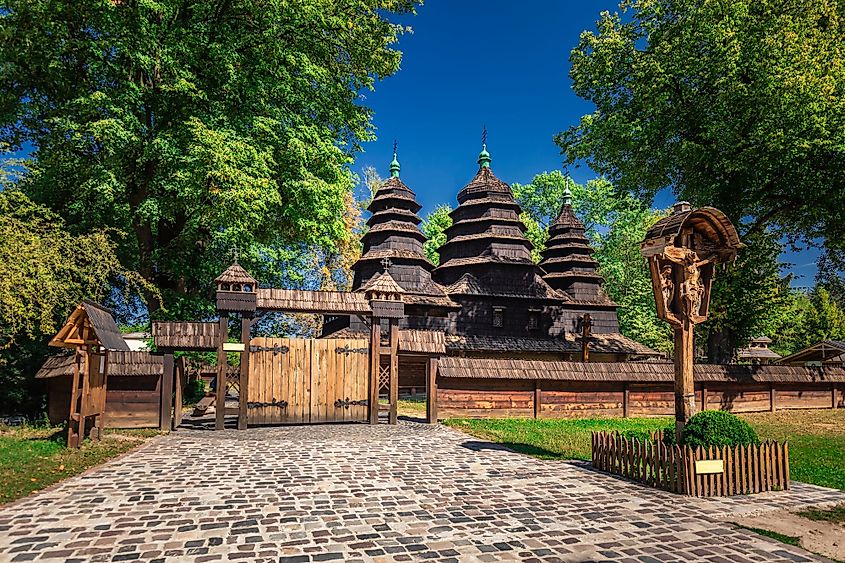
In addition to this, there are about 16 natural monuments, three botanical gardens, and 20 recreation parks in Lviv. Some of the notable parks in Lviv include Ivan Franko Park, Stryiskyi Park, Znesinnya Park, etc.
Brief History Of Lviv
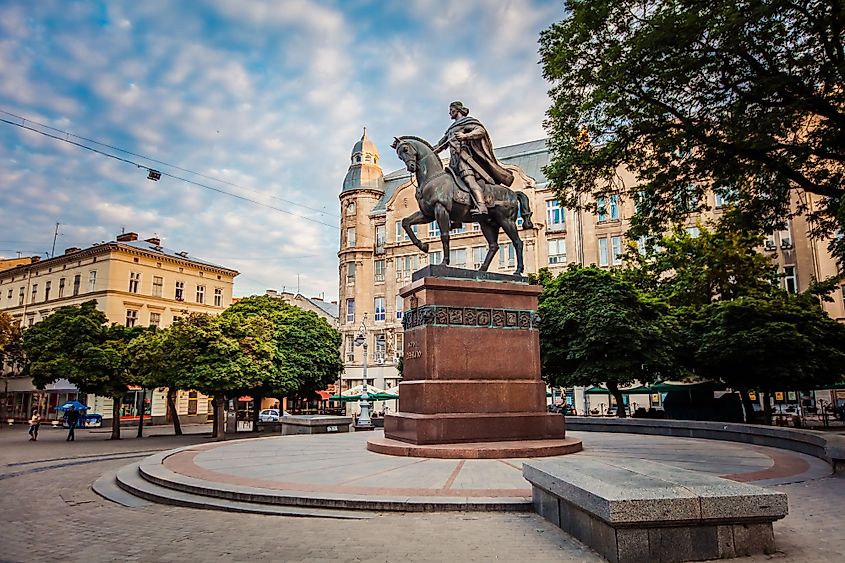
Archaeological studies have revealed that the present Lviv area was initially inhabited by several tribes, including White Croats and the Lendians. In 1250, the city was founded by King Daniel Romanovich of Galicia of the Principality of Halych. The city was named “Lviv” in honor of Leo I of Galicia – the King’s eldest son. The first record about the city dates back to 1256 when it was first mentioned in the Halych-Volhynian Chronicle. From 1272 to 1349, the city served as the capital of the Kingdom of Galicia-Volhynia. After 1349, the city was captured by Casimir III, the Great King of Poland. From 1434 onwards, the city served as the regional capital of the Ruthenian Voivodeship in the Kingdom of Poland. However, after the First Partition of Poland in 1772, the city of Lviv became the capital of the Kingdom of Galicia and Lodomeria under the Habsburg Monarchy. With the end of the First World War and the collapse of the Habsburg Monarchy, the city of Lviv then served as the capital of the Western Ukrainian People’s republic for a short time. During the interwar period, Lviv (Lwow) was considered the third most populous city and served as the administrative center of the Lwow Voivodeship in the Second Polish Republic.
On September 1, 1939, Germany invaded Poland, and till September 14, the city of Lviv remained entirely encircled by the German forces. On September 17, 1939, Poland was invaded by the Soviet Union, and eventually, the entire eastern portion of the Second Polish Republic was annexed by the USSR. The city of Lviv then became the capital of the Lviv Oblast. After the end of the Second World War, there was a population exchange between Soviet Ukraine and Poland from 1944 to 1946. After the fall of the Soviet Union, Lviv became a part of Ukraine.
Current Situation In Lviv
From February 20, 2014, onwards, a “protracted conflict” has been going on between Russia and the pro-Russian forces on one side and Ukraine on the other side. The conflict is mainly regarding the status of Crimea and portions of the Donbas region, both of which are internationally recognized as part of the independent nation of Ukraine. However, with the failure of diplomatic talks, tensions between Russia and Ukraine have significantly escalated, with Russia deciding to launch a military invasion of Ukraine. On February 22, 2022, Russia moved forces into the two separatist-controlled regions of Donetsk and Luhansk People’s Republic, and on the early morning of February 24, 2022, Russian President Vladimir Putin declared a full-scale military invasion of Ukraine. In the wake of this Russian invasion, the city of Lviv has been announced as the country’s de facto western capital. This Western Ukrainian city has currently become a temporary base for the embassies of several nations, which have evacuated their diplomats from the capital city of Kyiv in fear of it falling into the hands of the Russian troops.
